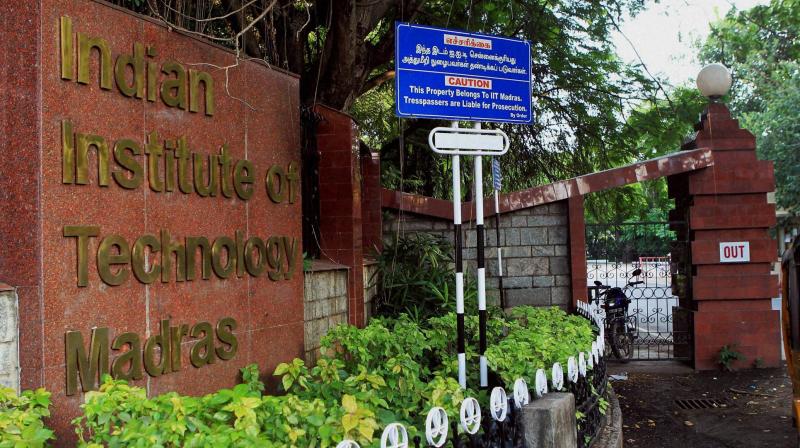
IIT students come up with emergency ration packets for distribution during quakes, floods

Students at the Indian Institute of Technology (IIT) have come up with “emergency ration” packets to be distributed during disaster relief operations at the time of floods and earthquakes and can also be consumed immediately or be left for microgreens to grow for later usage.
The “emergency ration” packets called “Green Aid” each contain a mix of dried porridge, seeds, yogurt culture, and a packet of clean water. They are priced at about ₹25 each. The students from IIT-Madras and IIT-Guwahati – Shikhar Prakash and Megha Agrawal, who have also filed for a patent for the same, have come up with the idea.
“The distribution of the packets for disaster relief is not very frequent and usually victims are stranded for longer, so this ration can be eaten immediately, or the water packet can be broken within the unopened ration container to create ideal conditions to sprout the seeds and develop the yogurt culture,” said Agrawal, a student of electrical engineering from IIT-Guwahati.
“Unlike majority of the current relief food aid, Green Aid grows in nutritional value overtime. Microgreens are little greens that are natural sources rich in vitamins and minerals. The growing span of chosen microgreens is five to seven days and are many times more nutritious than their fully grown counterparts,” she said.
Agrawal said that Green Aid provides food that optimally meets set nutritional standards by directly growing food on food. “Once the microgreens are ready on the edible food substrate, the entire contents of the packaging can be eaten, which has grown significantly in nutritional value overtime,” she added.
Prakash, a student of design explained, “After extensive research and experimentation, the food substrate was finalised that meets the macronutrient requirements of people and also supports germination and growth of microgreen seeds on them.”
“This food also remains edible and tasty over time. Such a food substrate eliminates the use of soil and water to grow microgreens. This ensures optimal use of resources in a grim situation such as floods or other disasters. To cater to regional taste palettes, the substrate can be conveniently modified and additional taste-makers or seasonings can be added,” he added.
The duo came up with the product at “Invent@IITGN”, a six-week annual summer programme at IIT-Gandhinagar. The programme, in its second year, focuses on inventing, based on a similar programme in the US called “Invention Factory”.


